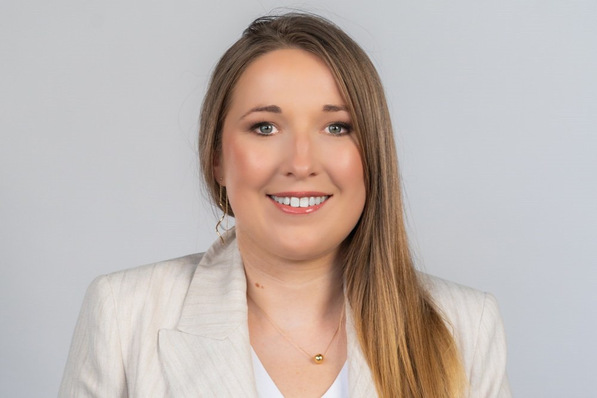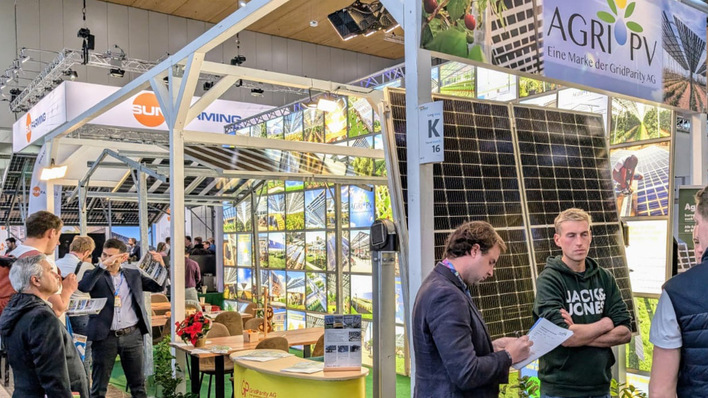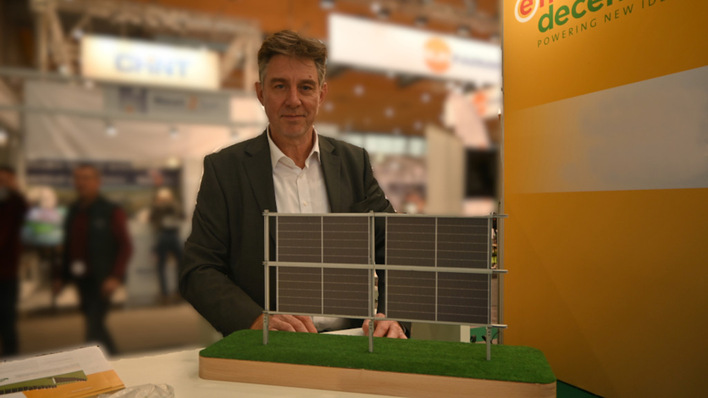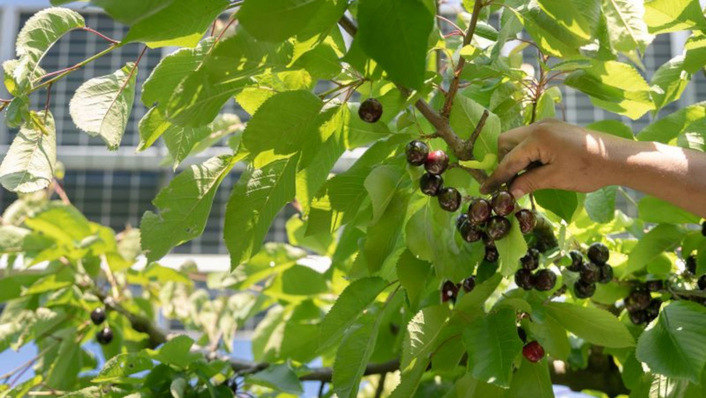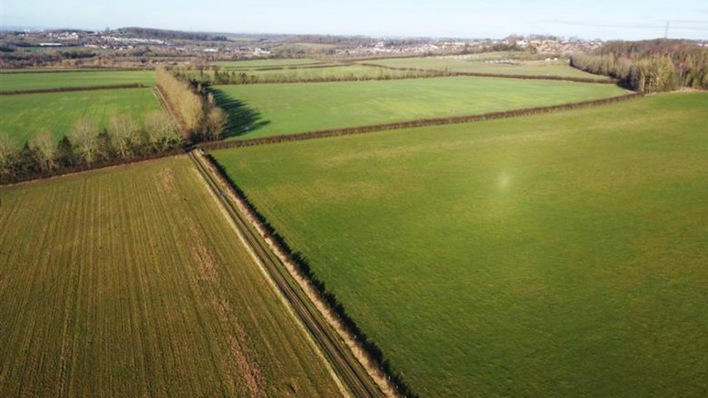The dual use of arable land for food and solar power production not only provides farmers with greater sustainability, but also with substantial profits. Analysts from Boston Consulting and agri-PV experts from Baywa r.e. have looked at how this dual use can support farms in their transition to renewable agriculture.
Agri-PV finances the transition
The result: Photovoltaics can play a key role in supporting the shift toward more sustainable land use. In particular, financing this transition becomes more feasible when combined with PV. The analysts examined three different farm sizes to assess the financial benefits of integrating sustainable agriculture with solar power.
Farmers benefit in the long run
The figures speak for themselves. A medium-sized farm can generate additional annual profits of between 55,000 and 75,000 euros in the long term with so-called regenerative agriculture. It even has an impact on small farms. Analysts forecast additional profits of between 15,000 and 17,000 euros in the long term. These benefits will be somewhat lower in the first few years - not least due to the necessary investments. These additional profits increase all the more in the following years. Agri-PV in particular can provide farmers with financial support when transitioning.
PV from field and barn: Our special for the dual harvest on farms
Three different farms analysed
In the study, the authors initially describe what agri-PV is and the advantages of solar systems for agricultural land. In the second part, they describe the cash flows in the phase of transition to regenerative agriculture. They looked at three different farms in Germany as examples. On the one hand, there is the small farm with 25 hectares of arable land and 25 hectares of grassland. A medium-sized farm with 200 hectares of arable land and 100 hectares of grassland was included in the analysis. There is also a large arable farm with 1,000 hectares of land.
How to combine agri-PV with wind power and storage?
Business models analysed
These three different farms have different business models for utilising solar power. For example, self-consumption is possible for all farms, although this only makes sense for a smaller farm without a partner. The use of the feed-in tariffs or market bonuses is also possible for all farm sizes, while the direct power purchase agreement (PPA) is particularly interesting for large agricultural enterprises.
You can find the complete study on the Boston Consulting Group website. (su)




